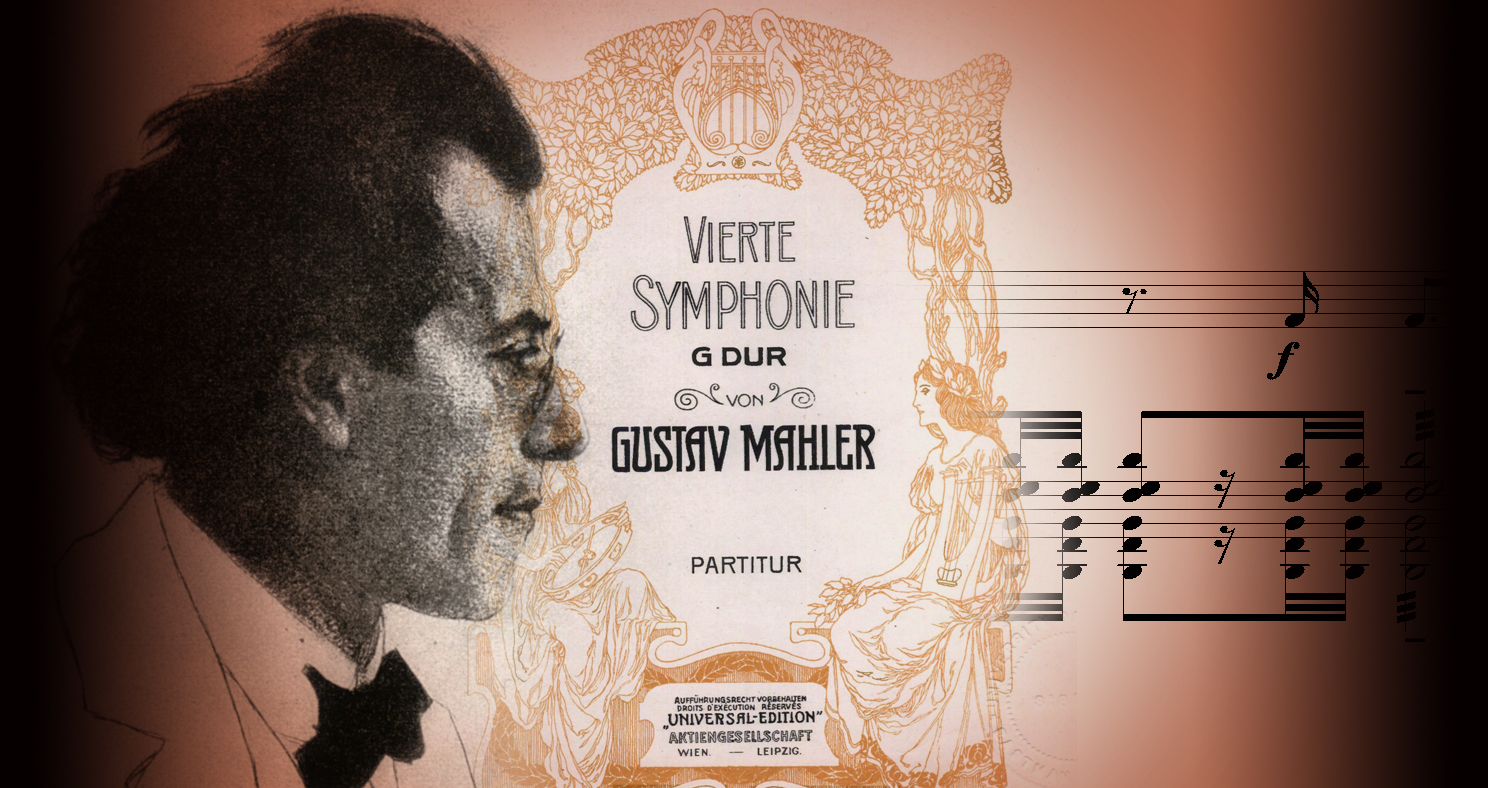The monumental symphonies of Gustav Mahler (1860–1911), which have captivated and challenged musicians and audiences for more than a hundred years, stand as landmark works of the late-19th and early-20th centuries. In each of the unique works, Mahler drew heavily on the established Romantic musical tradition but also expanded the landscape of the symphony as a musical genre in unprecedented ways. Primarily through lectures and listening to recordings of excerpts, we will explore all ten of Mahler’s completed symphonies (including Das Lied von der Erde) to consider their compositional circumstances, inner musical workings, broader meanings, and reception. In doing so, we will investigate the inspirations behind these unique works, which include Mahler’s own experiences and other works by Mahler himself and his colleagues and predecessors. We will also discover how each of these symphonies shaped the works of later 20th-century composers, flourished (and at times floundered) in the concert hall, and permeated popular culture.






